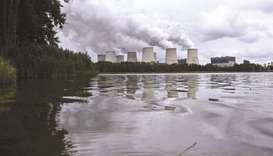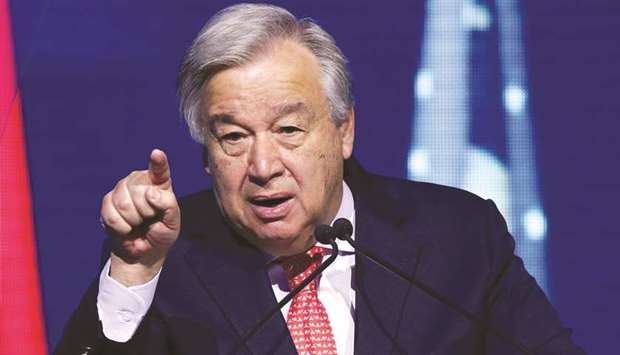Germany faces power shortages if onshore wind grows too slow

Germany’s onshore wind crisis, which is already cutting into company profits and costing jobs, may also begin to weaken defenses against blackouts.
That’s the conclusion of analysts who see electricity risks mounting in Europe’s biggest economy, where construction of new onshore wind parks has dropped to a standstill because of a flood of environmental complaints. German industry will need new power sources in coming years to ensure security of supply as coal and nuclear stations are decommissioned.
Chancellor Angela Merkel’s government is trying to coordinate the shutdown of thermal plants with a build-up of clean power to avoid potential supply shortages, said McKinsey & Co. Senior Partner Thomas Vahlenkamp. But that “entails pushing ahead with reaching clean energy targets — especially turning around stalled onshore wind,” he said.
Coal power will start to come offline next year and Germany forsees completing its full exit from nuclear energy by the end of 2022. Those two sources of energy comprise about 43% of German power currently available around-the-clock that will disappear by 2030, according to Vahlenkamp.
Merkel’s coalition government has set an ambitious green power growth target. It wants to generated almost two-thirds of its electricity with renewables over the next decade from about two-fifths today. Reaching that goal implies onshore wind adding about 4.6 gigawatts of fresh power annually.
The pace of net new onshore installations dropped to 0.3 gigawatts in January to June, down from 5.3 gigawatts in 2017 and 2.4 gigawatts last year. The drop in construction is already hurting turbine maker Enercon GmbH, which has a strong focus on the German wind market.
Until now, Germans have enjoyed one of the most resilient power grids in Europe. Consumers experienced just 12 minutes of power outages last year, according to the latest report of the Council of European Energy Regulators. That compares with some 6 hours of outages in Romania, the worst-performing country.
Merkel’s coalition is counting on restoring wind power’s trajectory by cutting through red tape that’s holding up projects. Moves to extend the national grid to accommodate more clean power and expanding storage won’t be ready until the middle of next decade.
Germany is counting on its status as a net exporter of power to help it brace it for potential shortfalls as nuclear and coal power wind down in stages. It transmitted about 53 terawatt-hours of power to its European partners in the nine months through September, compared with 31 terrawatt-hours of imports, monitoring group AG Energiebilanzen reported Monday.
Yet with manufacturing and construction responsible for producing a quarter of all German goods and services, the country can’t afford to bump into security of supply issues, according to the country’s Mechanical Engineering Industry Association VDMA, which wants the government to be more assertive in warding off potential blackouts.
Heading off blackouts and securing electricity “hangs on just how much power is available and when,” VDMA spokeswoman Beatrix Fontius wrote.
“Renewable power will in the near future shoulder the job of supplying power — for that reason it’s hard to understand why the government is dragging its feet,” she said.








